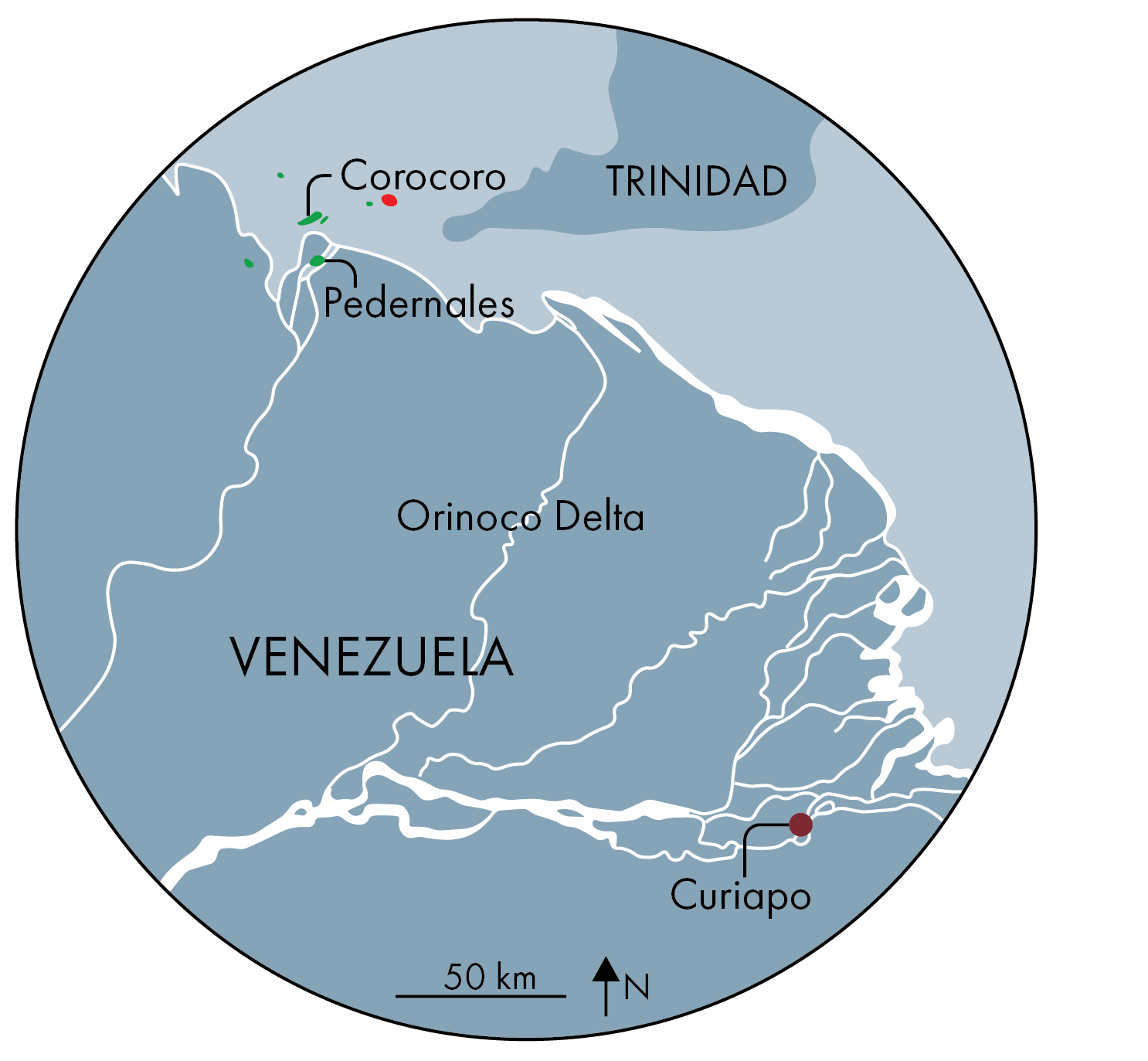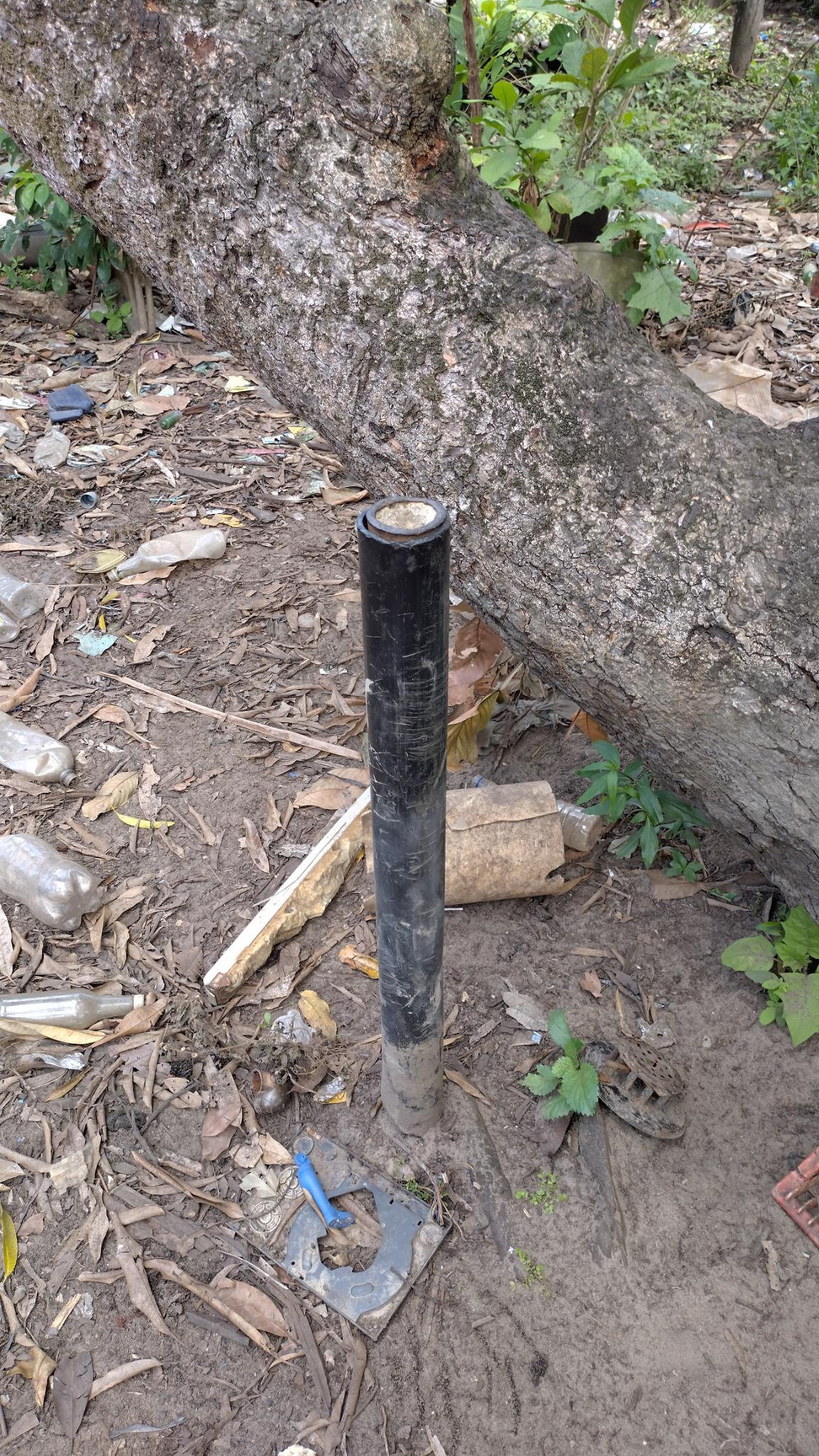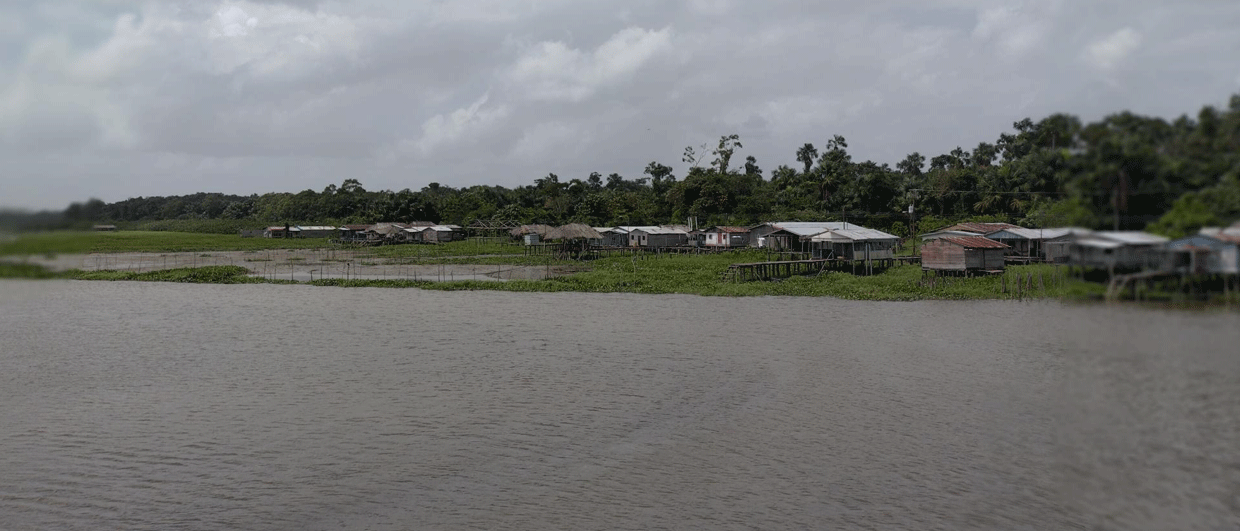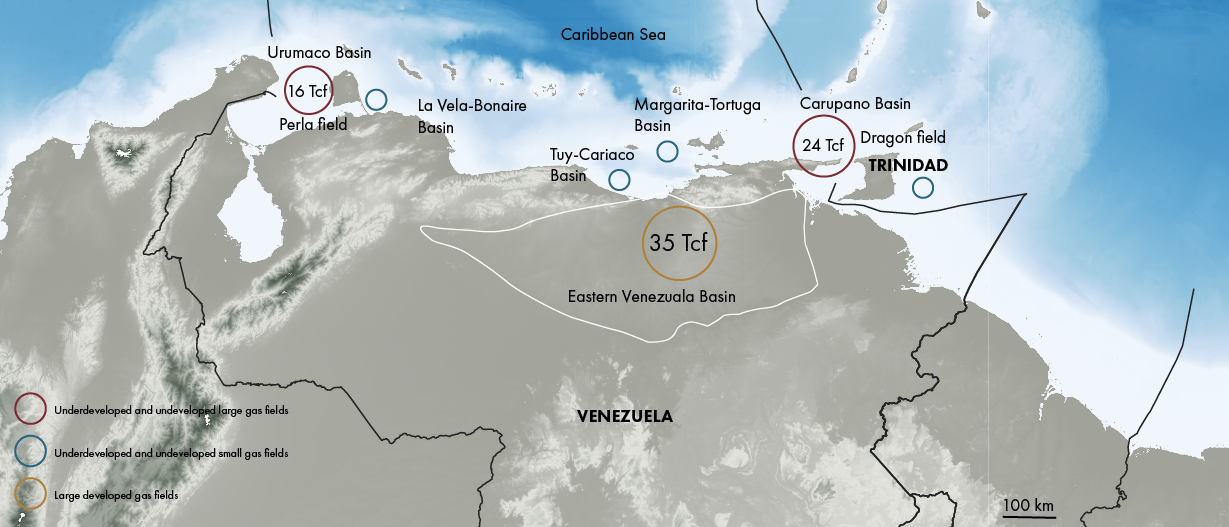 The Orinoco Delta in the east of Venezuela occupies a massive area that is virtually devoid of infrastructure and people. In order to reach the mouth of the most important tributary river, which flows along the southern part of the currently active delta system, it takes about six hours with a powerful speedboat from the nearest reasonably-sized town.
The Orinoco Delta in the east of Venezuela occupies a massive area that is virtually devoid of infrastructure and people. In order to reach the mouth of the most important tributary river, which flows along the southern part of the currently active delta system, it takes about six hours with a powerful speedboat from the nearest reasonably-sized town.
Given the sheer size of the Orinoco Delta system and the sediments it has carried over time, one wonders where the oil and gas fields are in the region. But apart from a few discoveries in the northern part of the delta, there are none. Why is that the case? Many of the major delta systems are well-known for their hydrocarbon riches, such as the Niger and Mahakam deltas, so why not the Orinoco?
However, before drawing any conclusions, it is too early to state that nothing was ever found in the Orinoco Delta and too early to claim that it has not been tried either.
For instance, in the tiny village of Curiapo, on the north bank of the river and not far from the Atlantic swell, a small pipe is sticking out of the ground. The villagers remember that the Americans were drilling for oil here a long time ago. The depth and the year remain unknown, but apparently, the well did find oil. Not enough, I suppose, to warrant further drilling, which is no surprise given the sheer remoteness of the area. But a petroleum system does seem to exist.

Finding out what else was done in the area remains a challenge. “Most studies on the Orinoco Delta are private”, says Marel Sanchez from U3, a leading exploration consultancy based in Houston. “For instance, in the 2000s, the University of Texas at Austin – Bureau of Economy Geology performed satellite studies for PDVSA to identify significant features in the River. The study does not seem to be digitally available.”
A small cluster of fields is known from the northwestern part of the delta, with Pedernales being discovered in 1933 and operated by bp in the 1990s. Deeper structures were explored, too, but these attempts remained largely unsuccessful. Border conflicts seem to have also taken their toll, with the Corocoro discovery by Conoco Phillips in 1999 being stuck in a legal battle that continues until today.
But apart from this corner of the delta, no other fields have been found. “The area remains largely underexplored,” Marel Sanchez continues.
Would it be possible that Venezuela’s abundant oil resources have so far discouraged exploring the Orinoco? Also, taking the risk of potential border disputes and the area’s remoteness into account, there may be ample arguments for it. Food for thought when it comes to discussions about the limits of the world’s oil and gas resources.



